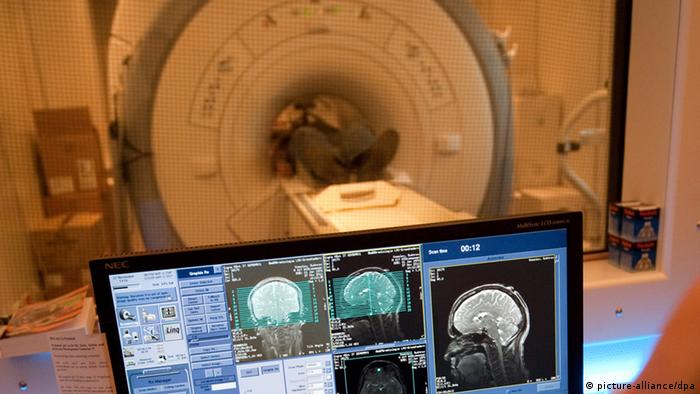Men who watch large amounts of sexually explicit material have brains with smaller reward systems, a study finds.
"That could mean that regular consumption of pornography more or less wears out your reward system," says Simone Kühn, psychologist at the Max Planck Institute for Human Development in Berlin and lead author of the
study, published in the "JAMA Psychiatry" journal.
Your reward system is a collection of neural structures in the brain that regulate and control behavior by inducing pleasure.
The researchers scanned the brains of 64 men aged between 21 and 45 with a MRI machine.
Those probands - or study subjects - who watched porn often had a smaller striatum, which is an important part of the reward system and also involved in sexual arousal.
The study also found that the reward systems of porn-experienced men were less active when they watched sexually arousing pictures inside the MRI machine.
"We assume that probands with a high porn consumption need increasing stimulation to receive the same amount of reward," Simone Kühn says.
Consequence or precondition?
But were men with smaller striatum seeking more porn because they needed more external stimulation, or did the higher consumption of porn make this part of the brain smaller?
The researchers admit both could be true. But they say the latter is more likely.
Kühn says existing psychological, scientific literature suggests consumers of porn will seek material with novel and more extreme sex games.
"That would fit perfectly the hypothesis that their reward systems need growing stimulation."

A brain scan can reveal a lot.
In future studies the researchers plan to observe brain changes in study subjects over a period of time to see whether the reward system really changes with increasing porn consumption.
Like cocaine and gaming
Kühn says the team had predicted it would observe changes in the reward system - but the opposite of what it ultimately found.
The striatum is also involved in drug addiction.
In 2001,
researchers found that reward-system-related brain parts were up to ten percent larger in cocaine addicts than in non-dependent probands.
And as if that wasn't enough: "In a study with teenagers we found that frequent PC games playing leads to an increase in the size of the striatum," says Kühn. But she notes she was surprised to see that male porn-watchers had smaller - not larger - striatum than the other men in the study.
She says she had expected porn consumption to increase the size of the reward system - rather than make it shrink.
Is porn addiction real?
"Pornography is no longer an issue of minority populations but a mass phenomenon that influences our society," the researchers write in the journal, adding that an estimated 50 percent of all Internet traffic is related to sex.
Psychiatrists have been debating whether it is possible to develop an addiction to porn. But they have yet to even agree on a clinical definition of pornography addiction.
In February, psychiatrists wrote in
"Current Sexual Health Reports" that there is no such thing as porn addiction. There was no sign, they wrote, that use of pornography causes any changes to the brain.
This latest research may change their minds.

